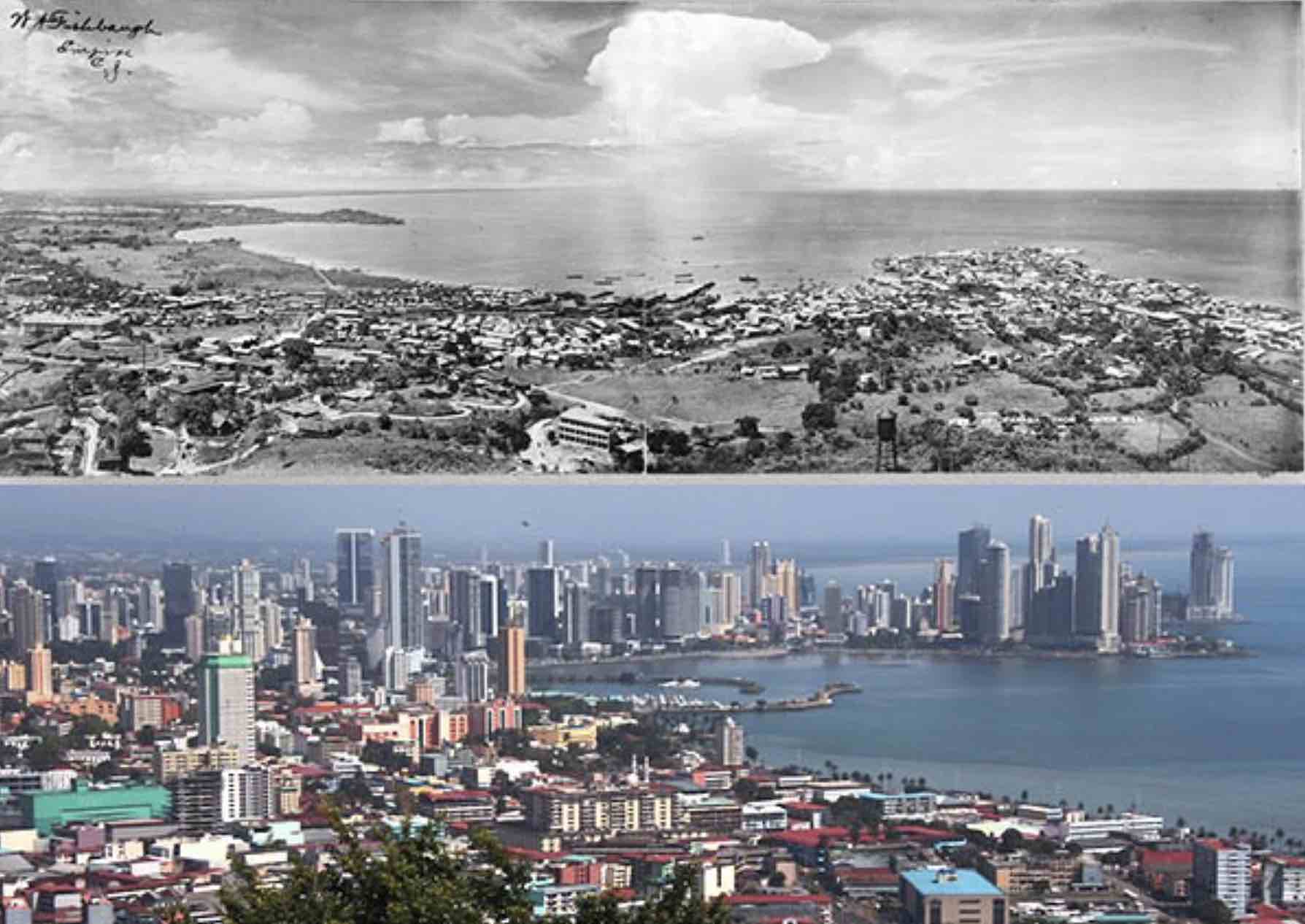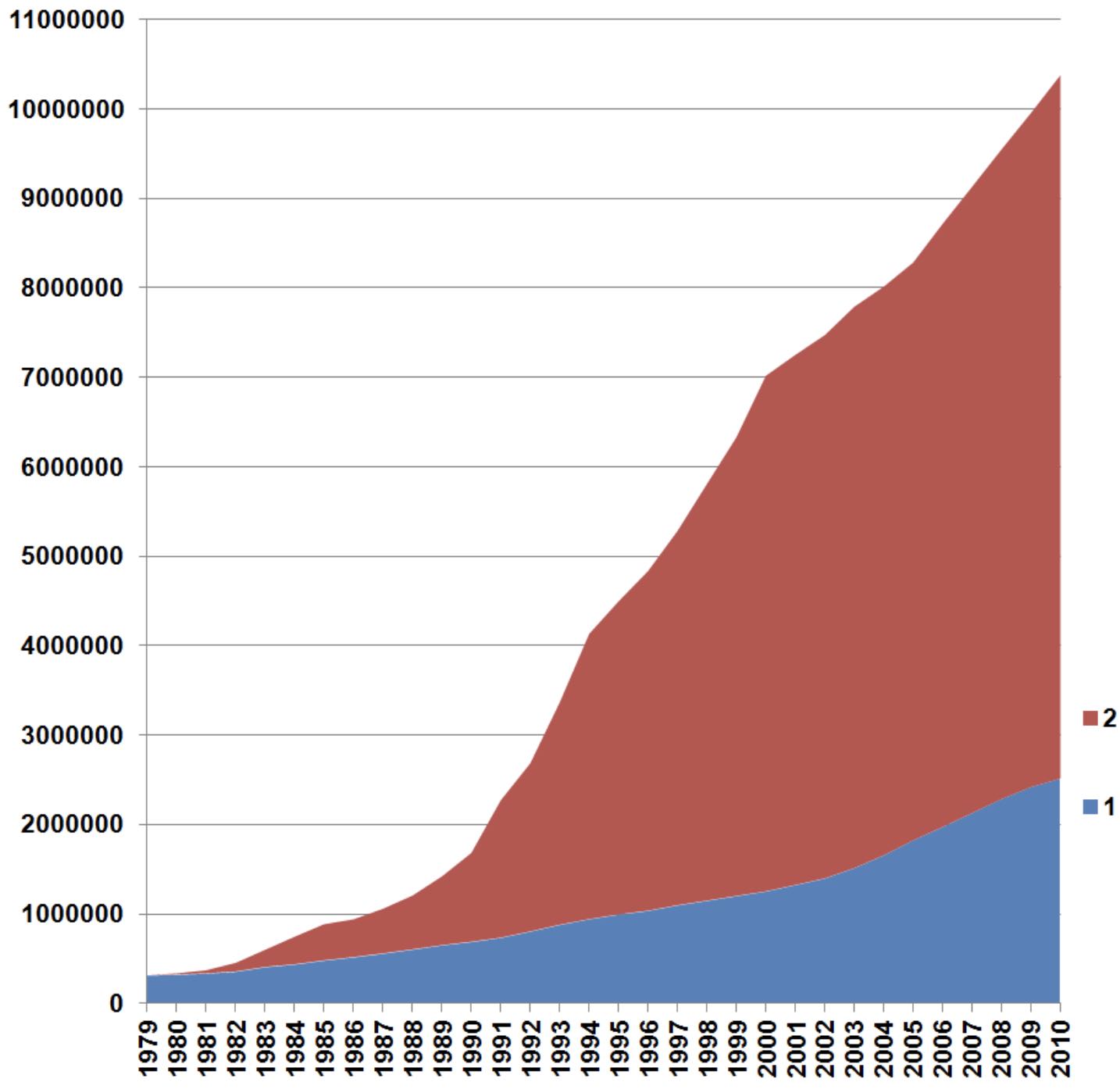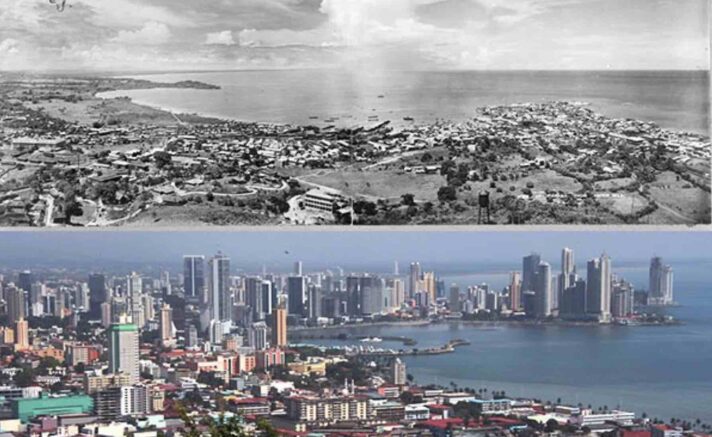Ruling China from 1949 until his death in 1976, Mao Zedong may be one of the world’s most important individuals, as he helped shape the way that China looks today.
As authoritarian dictator (or more politely called a ‘communist leader’), Mao was responsible for modernizing China by increasing the level of education and healthcare. He was also responsible for the deaths of nearly 50 million people, after one of his campaigns led to the deadliest famines in world history.
It’s pretty hard to provide great healthcare if your population is dying of starvation.
When Mao died in September of 1976, China knew that it was in big trouble. If policies didn’t change, the People’s Republic of China was set to completely collapse.
While this crisis was going on in mainland China, the British controlled area of Hong Kong was flourishing. Low taxes, strong property rights, and an orderly legal system fostered an economy that was in stark contrast to communist China.
And the Chinese took note. They understood that if China was to make a transition into the 21st century, massive action would need to be taken – and that would have to happen fast.
So, the new Chinese government set out to implement a series of SEZ’s (Special Economic Zones) that would replicate many of Hong Kong and the Western World’s policies. This included strong property rights, low taxes, zero trade tariffs, and a variety of other pro-business incentives.
The first SEZ was set up in 1980 in the city of Shenzhen in Southern China. The population at the time was around 30,000 people and the local economy mostly depended on farming and fishing. Now fast forward to today…

Shenzhen now has a population of over 12 million people and their economy has seen double digit growth for almost 30 years. All of this because of pro-business incentives, which fostered today’s evil word – capitalism.

Even though there is a trend to demonize capitalism, the actual roots are quite simple. People are motivated when they get rewarded for their work. And the more they get rewarded, the harder they work.
Capitalist societies have always attracted those who are looking to better their lives. We can look at any of the top performing economies of today and see a long line of people who are attempting to gain access – either by business relations, residency, or citizenship.
Nowhere else in the world is this more apparent than in Shenzhen, China. In the below graphic, we can see population growth of Shenzhen. The blue represents the population with permanent registration, while the red represents the population with non-permanent registration.

Clearly, the non-permanent population is dominant. These people – in the red group – are capitalists. They are people who have specifically come to Shenzhen to take advantage of the pro-business market. They want to be rewarded well for their hard work, and the transformation of Shenzhen clearly illustrates this work ethic.
Now, it’s easy to look back at Shenzhen’s story and see how this Asian city made it’s incredible transformation. But, at the time, nobody thought it would work. The negativity surrounding China was too strong for anyone to have guessed that China would be incubating some of the most technologically advanced cities in the world.
But it’s true. That’s exactly what happened. The pro-business environment ended up attracting some of the hardest working, brightest, and most successful people. And these people ended up transforming Shenzhen.
So the question now becomes, “Where is the next Shenzhen?”
And I answer that question with another, “Where are people incentivized the most?”
Today, there are many of these locations. Typically they are categorized as a tax haven, or some other derogatory name. Places like Singapore, Dubai, and Monaco have long attracted those who are looking to be treated with the least amount of regulation and taxation.
However, most of these locations (especially the three above) have high barriers to entry. Expensive real estate, competitive business environments, and difficult immigration laws make it nearly impossible for someone starting out to set up shop there.
There are many other options throughout the world, but right now, there are none that are more attractive than Puerto Rico.
You’re already hear about the multiple different tax incentives that are available right now, and you’ve also heard about the real estate opportunities that are everywhere.
But, you probably haven’t heard about the actual community that is growing. I’m talking about the people who are moving to Puerto Rico to set up their businesses and establish residency on the Caribbean island.
This grassroots community is real. There are doctors, online entrepreneurs, real estate developers, investors, and all kinds of successful individuals migrating to Puerto Rico.
Of course, you’ll hear nothing about this on the news. That’s not exciting. Power outages, budget issues, and social unrest is what the news likes to focus on.
The reality is that many high-performers are taking the leap and moving to Puerto Rico. If you go to any coffee shop in downtown San Juan, you’ll over hear all kinds of interesting conversations. You’ll hear groups of people discussing how to expand their business, you’ll hear others talking about how to become more successful.
So, will Puerto Rico become the next Shenzhen? Probably not.
But, I’m willing to bet that in 10 years, we’ll look back on this time and think, “That was so obvious! Of course Puerto Rico was going to bounce back! Anytime you incentivize a bunch of high-performing, successful people to congregate in one area, that area ends up becoming properous.”




